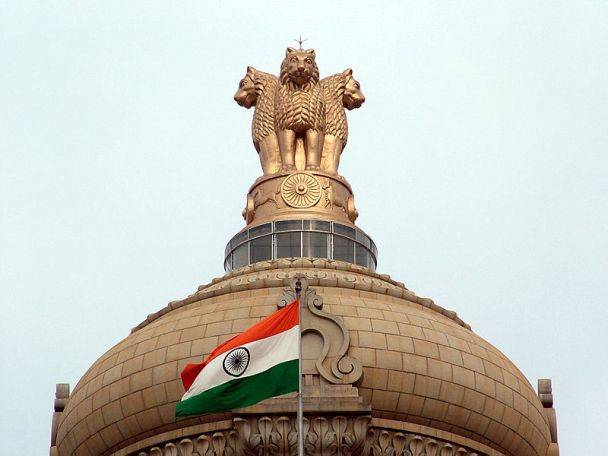The post below gives statistical information about the progress made by India with respect to Pharmaceutical Patents.
The Indian Patents Act amendment of 2005 ushered in a new atmosphere for the Pharmaceutical industry in the country. The amending act of 2005 made the Patents Act, 1970 substantially compliant to the TRIPS agreement signed by India in 1995. This post seeks to provide a statistical analysis of “A Decade of Pharma Patents in India”.
The Pharmaceutical industry has perhaps been one of the most steady and significant contributors to Intellectual Property in India, more specifically to the field of Patents. The Pharma industry has maintained a standard rate of Patent filings despite several major court decisions going against the Pharmaceutical majors, as observed in the cases of Bayer v. Natco and Novartis A.G v. Union of India.
The following table summarizes the 10 years of patent regime with respect to Pharma Patents:
| Year | Number of Patents Filed | Number of Pharma Patents [Drug + Biomedical] | Contribution percentage by Pharma patents |
| 2005-2006 | 24,505 | 2,211 | 8% |
| 2006-2007 | 28,882 | 3,239 | 10% |
| 2007-2008 | 35,218 | 5,146 | 13% |
| 2008-2009 | 36,812 | 4,778 | 11% |
| 2009-2010 | 34,287 | 3,780 | 10% |
| 2010-2011 | 39,400 | 4,248 | 10% |
| 2011-2012 | 43,197 | 4,028 | 9% |
| 2012-2013 | 43,674 | 4,007 | 8% |
| 2013-2014 | 42,951 | 3,119 | 7% |
It is observable that pharma Patents have been steady contributors to the total patent applications filed each year through the decade. The range of contribution roughly varies between a minimum of 7% to a maximum of 13%. Although the overall average of pharma patent contribution stands at 10%, recent years have shown a decline in the number of patent applications filed by Pharmaceutical companies. This in my opinion does not reflect well for the industry. A possible reason for the decline could be attributed to stricter rules and regulations being applied by the patent office in respect of pharmaceutical patents. The “Guidelines for Examination of Patent Applications in the Field of Pharmaceuticals” issued by the patent office provides a clear description of the state of affairs with respect to pharmaceuticals and patenting of the same. Many Pharmaceutical patents have been denied since the introduction of the Traditional Knowledge Digital Library (TKDL), the brainchild of CSIR, which is aimed at preventing the grant of patents to applications which seek to patent traditional knowledge. Further discussion on TKDL is made in another blog post, available here.
The major contributors to Pharmaceutical patents over the decade are summarized in the following table:
| Type of Organization | Organization Name | |
| Governmental Organizations | 1. National Institute of Pharmaceutical Education and Research (NIPER) 2. Indian Council for Medical Research (ICMR) 3. Jubilant Life sciences 4. Central Council for research in Unani Medicine 5. Council for Scientific and Industrial Research (CSIR) 6. Department of Biotechnology (DBT) |
|
| Private Organizations | Panacea Biotech LupinPharma Cadila Healthcare Pharmed Medicare Unichem Natco Matrix Labs Dr. Reddy’s Laboratories Ranbaxy Laboratories Ltd. Avesthagen Ltd. Orchid Chemicals & Pharmaceuticals Ltd. Aurobindo Pharma Ltd. |
Jubilant Organosys Ltd. Wockhardt Research Centre Cipla Ltd. Hetero research Foundation Sulur, Subramaniam Vanangamudi Concept Medical Research Pvt. Ltd. Rubicon Research Pvt. Ltd. Stempeutics Research Pvt. Ltd. Envision scientific Pvt. Ltd. Sun pharma advanced research co. Ltd |
Despite the decline in pharma patenting since 2007, news reports have said that Pharma companies dominated the 2014 list of Indian firms filing for global patents, which means the annual report for 2014-2015, might be slightly brighter than the previous reports.
Read Dr. Kalyan’s note on The Case of Indian Intellectual Property
Image Source/ Attribution- here, governed by Creative Commons License CC BY 3.0



